This is a repost from James River News Hub:
Rethink our streets: Bike, pedestrian & trails commission
Posted on September 20, 2010 by Phil Riggan 3 Comments
It is good to see the city recognising the equity in planning for pedestrians and cyclists and not just for vehicles and public transit.
What I observed Monday night at The Carillon in Byrd Park was a room of nearly 200 people — fit, energetic, enthusiastic people who didn’t want to sit around and talk, they wanted to get work started and get things done.
“Rethink our streets” was a focus – planning our streetscapes so that everyone can use the roadways. The Bike, Pedestrian and Trails workgroup was tasked with creating a policy framework conducive to making Richmond a walkable, bikeable, trail-friendly city through networks of greenways that would safely connect neighborhoods, shopping districts, colleges, the James River, etc. Reworking traffic patterns on key neighborhood connectors like the Martin Luther King, Mayo, Manchester and Robert E. Lee bridges downtown.
City of Richmond trails manager, Nathan Burrell, said that many people may not have the ability or means to commute by vehicle. Developing greenways, “this is empowerment. A city that you would want to live in.” Allowing people to get off the couches and outside and connecting with each other.
Burrell declared that “we are a trail and cycling friendly town” and that Mayor Dwight Jones “moved fairly aggressively with the timeline for trail building and greenways plans.”
Thanks to trail-building groups like Richmond-MORE, many mountain bike trails are in place and have come almost entirely free to the city. The goal is allow that work to continue and to help establish bike-only roadway connections between the parks. There are short-term and long-term plan.
Existing trails: James River Park System trails at Pony Pasture, Buttermilk, North Bank and Belle Isle; Powhite Park; Forest Hill Park; Lombardy Street; Ironbridge Road; and Capital Trail along Dock Street.
Planned for next 1-2 years: Establish East/West major route (following Main and Leigh streets); North/South major route (following Hermitage, Boulevard, Belt and Iron Bridge roads); Major Bike Route Connecting Loop. Build trails at Dogwood Dell, Chapel Island and Bandy Field and a Buttermilk West expansion toward the Powhite Parkway Bridge. Establish greenways from Reedy Creek, Cannon Creek, Gillies Creek. Would also post signage along existing bike paths along Brookland Parkway and Semmes Avenue.
Planned for next 2-5 years: Establishing greenways from Pumphouse, Powhite Creek, James River Branch, Pocosham Creek, Manchester Wall to 22nd Street Tower (Missing Link trail) and creating Crooked Branch Park trails. Virginia Capital Trail is scheduled to be finished. Plans include water taxi in Kanawha Canal from Tredegar to Pumphouse Park.
Recommend policies to promote alternative transportation modes for commuters:
1)Incent employees to use alternate transportation
2)Promote bike racks at offices & public buildings
3)Offer incentives for workplace showers and lockers
4)Incentives for using mass transit
5)Educate employers and citizens on existing tax credits
6)Investigate feasibility of Zip cars and bike share programs
Jennifer Wampler of the Department of Conservation and Recreation said “Richmond is a trail town” and suggested that the money spent on developing plans around physical activity is found to have a better return on investment. Bike and pedestrian trails could have a huge positive impact on tourism, with healthy economic benefits and help change our culture.
There was a proposal to create a full-time bike, pedestrian and trail coordinator position for the City of Richmond who would be responsible for implementing recommendations & coordinating departments. That position would be key as Richmond also plans to connect with the East Coast Greenway, which runs through from Maine to Key West, Fla., and draws people from around the world.
Champe Burnley, president of the Virginia Bicycling Federation, pointed out that “there are so many great parks in the Richmond area.” The two major bike routes (Route 1 and Route 76), that opens up “an incredible opportunity that would run through Richmond.”
While he was speaking, Burnley said that he “hoped that city council would get behind us” in the direction of city councilman Doug Conner of the South Central 9th District, who replied aloud “we’re going to do that.” Conner has already been involved with greenways, helping a rails-to-trails project effort to convert a former CSX railroad bed that runs 2.5 miles between Belt Boulevard and Hopkins Road.
Burnley encouraged the crowd to go to http://bit.ly/RVA-Ped-Bike-Trail-Survey to express their opinions and http://bit.ly/MPOBikePlan for more information.
Reposted by Kerry Riley. Kerry@kerryriley.com. www.kerryriley.com. Riley Real Estate of Richmond.
Subscribe to:
Post Comments (Atom)
























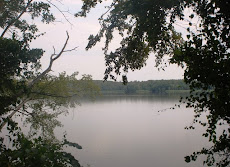

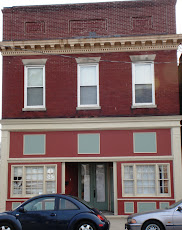

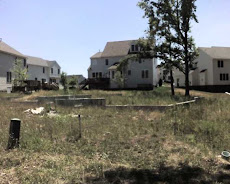

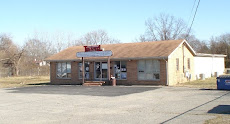



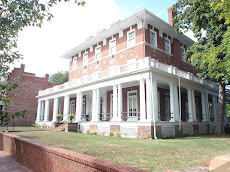

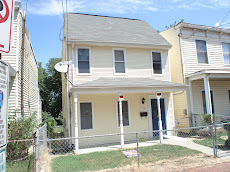










No comments:
Post a Comment